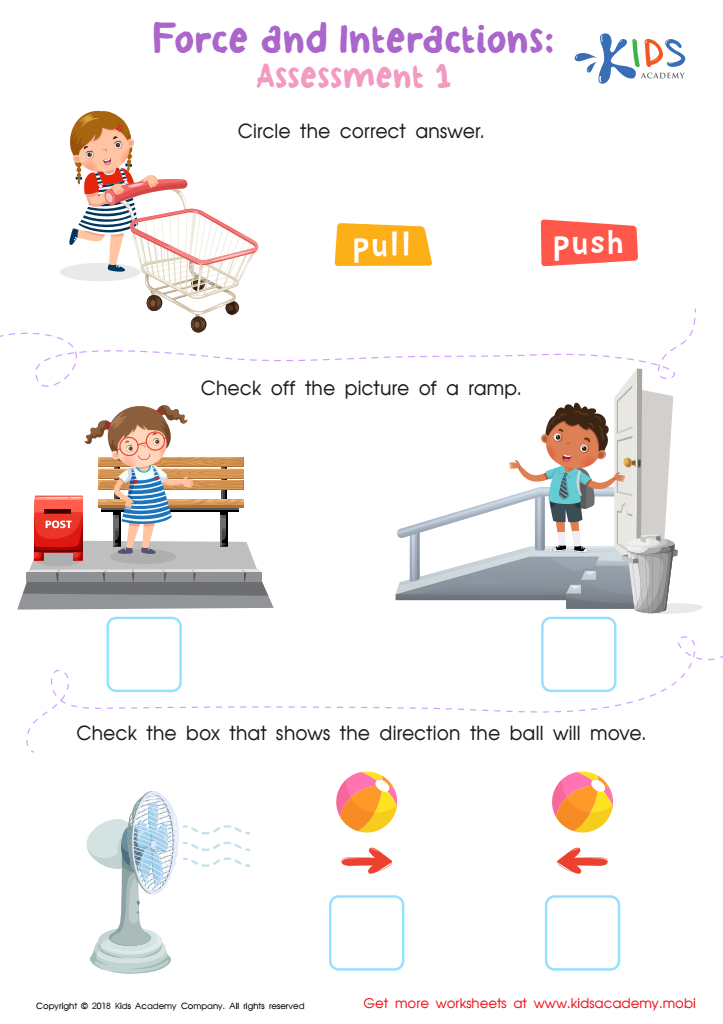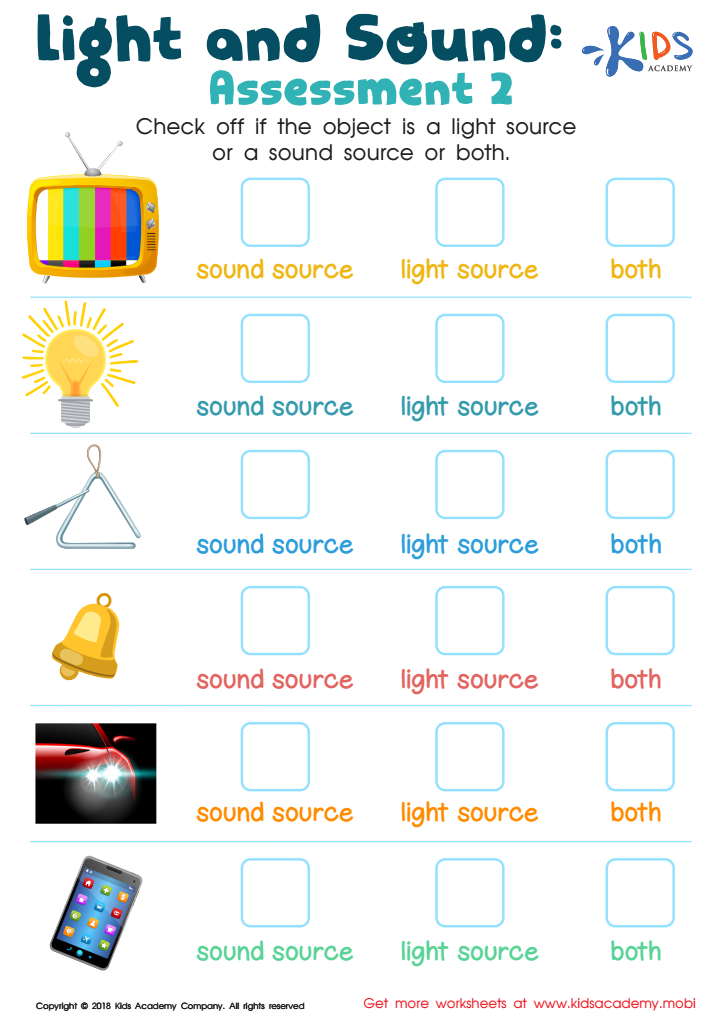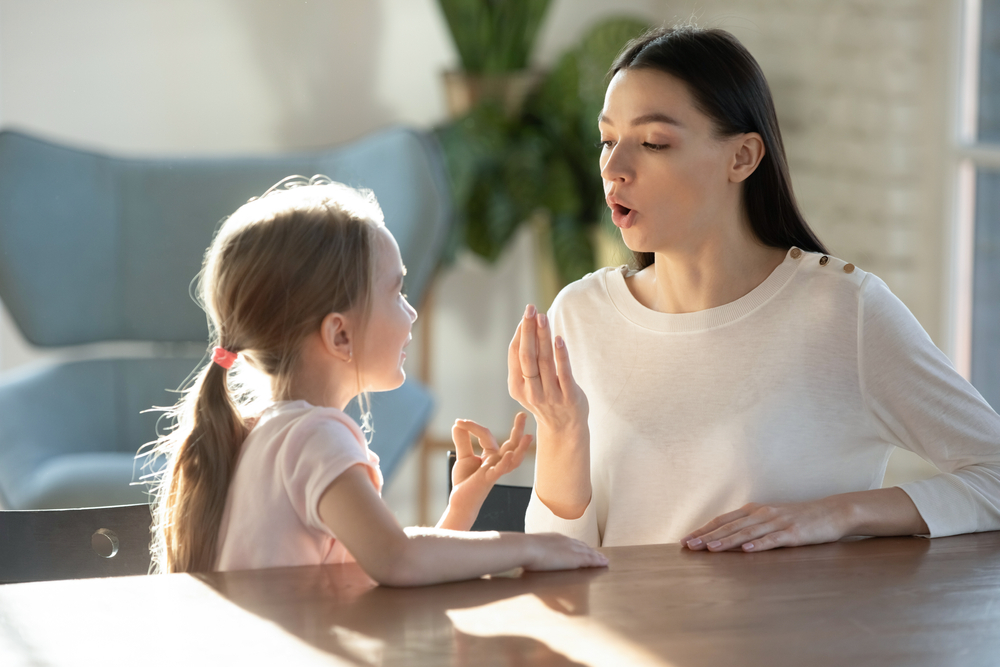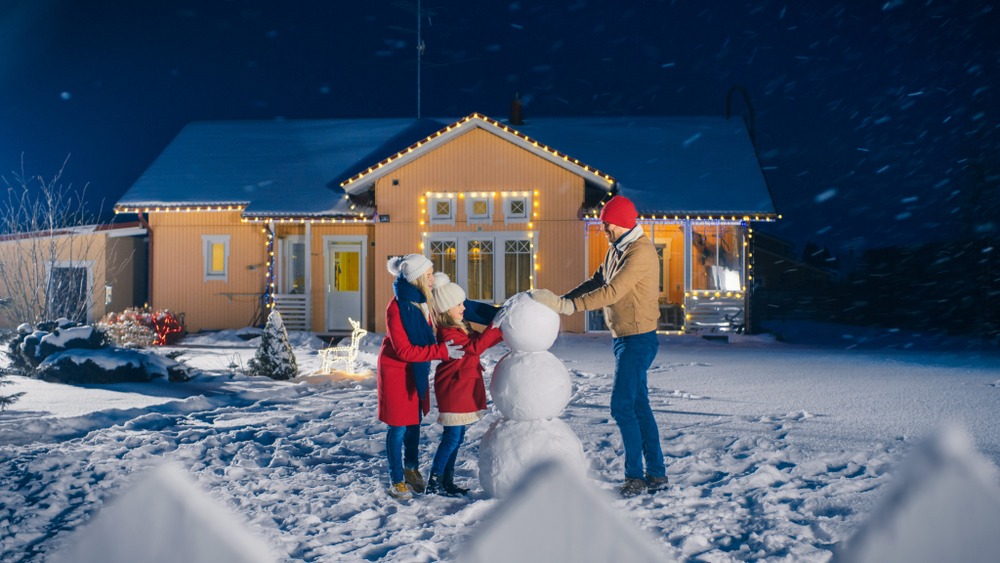Normal Physical Science worksheets activities for Ages 4-9
4 filtered results
-
From - To
Welcome to our engaging collection of Normal Physical Science worksheets designed specifically for children ages 4-9! Our interactive activities aim to spark curiosity and foster a love for science through hands-on learning experiences. Each worksheet introduces fundamental concepts, such as matter, energy, and simple machines, in a fun and accessible way. Ideal for both classroom and home settings, these resources encourage exploration and critical thinking while nurturing young minds. With colorful illustrations and varied formats, our worksheets are perfect for reinforcing core knowledge and helping young learners develop important skills. Download your complimentary worksheets today and ignite your child’s passion for physical science!


Matter: Assessment 1 Worksheet


Force and Interactions: Assessment 1 Worksheet


Light and Sound: Assessment 2 Worksheet


Matter: Assessment 2 Worksheet
Parents and teachers should prioritize Normal Physical Science activities for children ages 4-9 because these experiences foster essential cognitive, social, and emotional development. At this age, children are naturally curious, engaging with their environments through exploration and experimentation. Normal Physical Science activities provide hands-on learning opportunities that ignite curiosity, allowing children to ask questions, form hypotheses, and discover answers through observation.
These activities enhance critical thinking skills and encourage problem-solving, as children learn to manipulate objects, understand cause and effect, and make predictions. Additionally, the interactive nature of science activities promotes collaboration and communication among peers, reinforcing social skills and teamwork.
Moreover, Normal Physical Science can help instill a lifelong love for science and inquiry, cultivating future interest in STEM (Science, Technology, Engineering, and Mathematics) fields. Experiencing science concepts in a fun and relatable manner lays the foundation for a strong educational framework, emphasizing inquiry-based learning.
Furthermore, including diverse and inclusive science experiences can enrich children’s understanding of the world, bridging cultural perspectives and fostering respect for diversity in science. Overall, supporting Normal Physical Science activities is essential for nurturing well-rounded, inquisitive, and capable learners prepared for future academic challenges.
 Assign to My Students
Assign to My Students





















